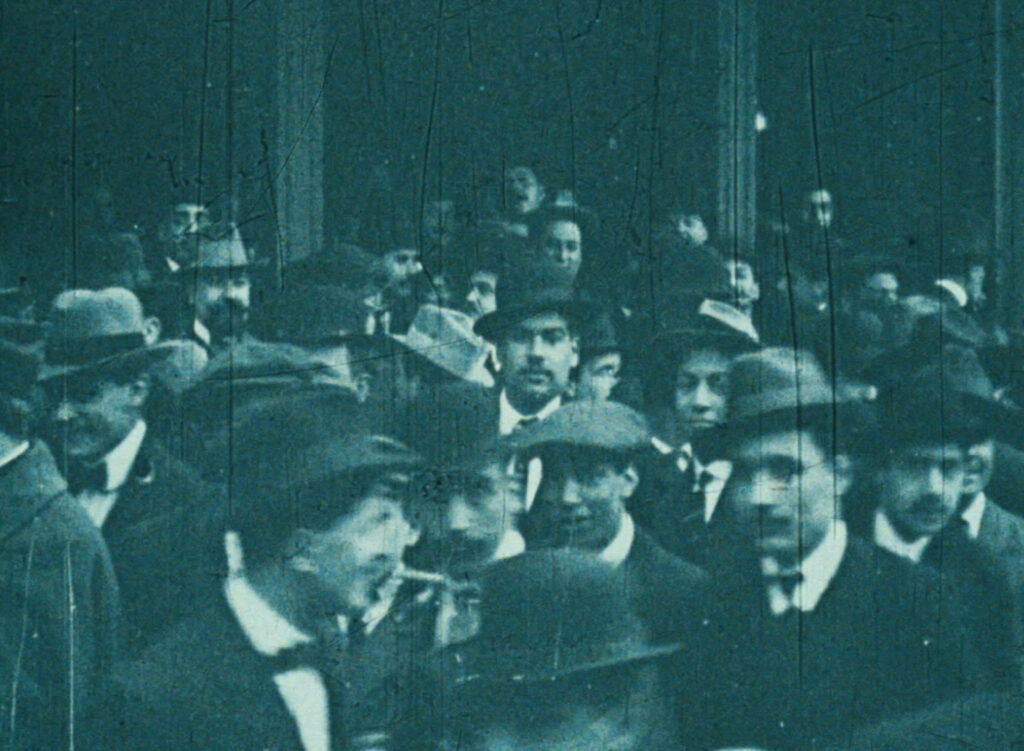Il Cinema Ritrovato’s New Frontiers

After all these years, have we Rediscovered Cinema?
The answer is obvious: we’re still searching! The 2024 edition makes this abundantly clear, with sections such as Dark Heimat, which explores a genre usually considered minor but which actually contains the ghosts and the unspoken of post-Nazi Germany and Austria, Cinemalibero, and The Colours of Small Gauge Cinema, in which each film is a celebration, a surprise, the return of vanished works which, thanks to our festival, now begin a new life.
So much has been achieved, but there is so much more to be done, as Leonor Areal’s documentary-essay Onde està o Pessoa? demonstrates clearly. For 63 minutes, it explores, investigates and analyses shot-by-shot a film made one Sunday afternoon in Lisbon in 1913, looking for the great Fernando
Pessoa. It is like following an inquest; as we observe the images, it is as if we were there, among a group of intellectuals and artists. Suddenly, an anonymous image becomes eloquent and helps us to understand a historical moment, a decade, perhaps even a century. Finally, we are no longer looking, but seeing!
The two historical sections Century of Cinema and One Hundred Years Ago are not only like a travel agent who organises trips into the past, but also two research laboratories rich in new discoveries, an example of how you can work on materials conserved by – and continually being found in – archives. This is the case of the rediscovery of films shot by two Jesuits who, between
September 1903 and April 1904, took photographs and filmed in Egypt, Palestine and Lebanon the places and people of the Bible. It is invaluable material documenting a land that today is riven by apparently never-ending war.
And so, alongside works by established masters, in the Festival’s section Documents and Documentaries we learn that the only cameraman who managed to film the Japanese attack on Pearl Harbor in 1941 was Alfred Dillimtash Brick, who in 1924 was part of the Fox newsreel New York team who started filming the Looney Lens series. Or we can see rare images of events from 100 years ago: Lenin’s funeral, news of the kidnapping and assassination of Giacomo Matteotti by Fascists, rare moving images of one of the most important classical ballerinas, Anna Pavlova, or… the inauguration of the Paris Olympics!
Perhaps the images with which we should start are contained in a documentary with a rather nondescript title, The Bus. They were shot by the activist Haskell Wexler, who went on to a glorious future as a director of photography (winning two Oscars); here he provides a platform to a group of anonymous citizens who, in August 1963, decided to cross the US to ask for equality and human rights for African Americans. We do not see the camera, just as we never see it in the documentaries of Lionel Rogosin; but we can never forget that which it allows us to see.


